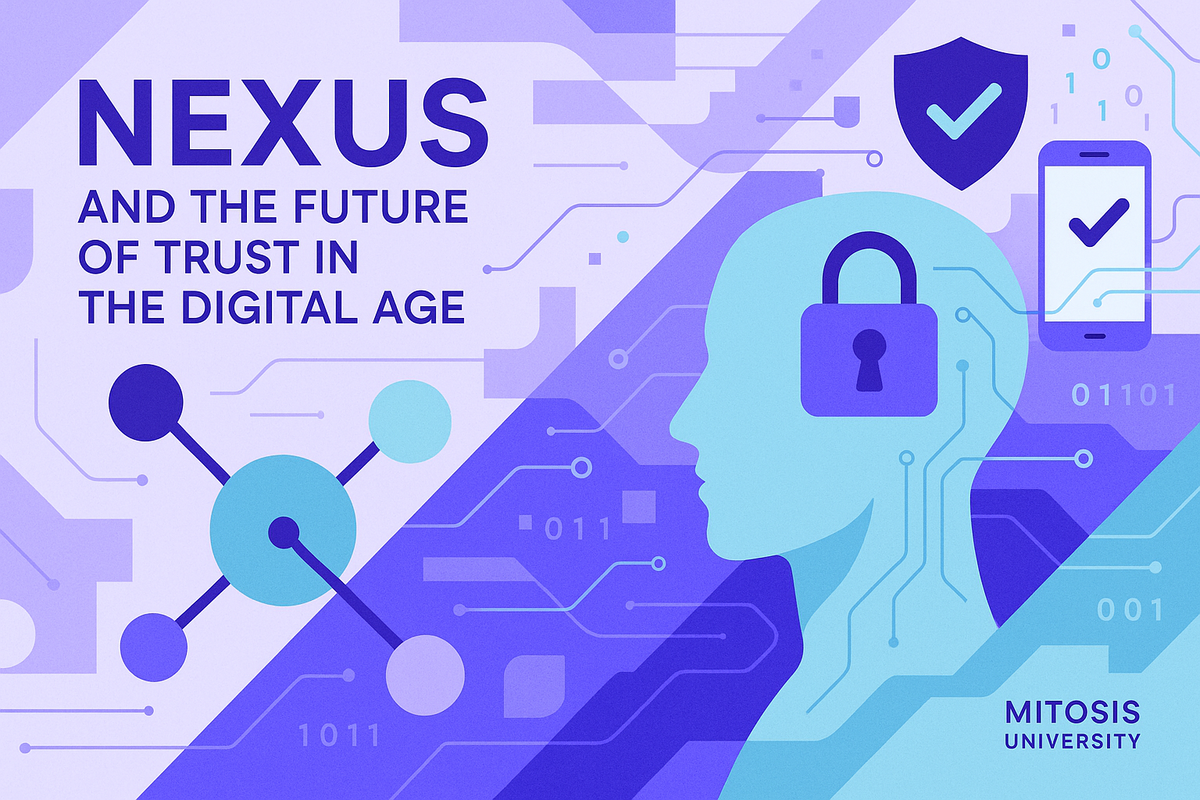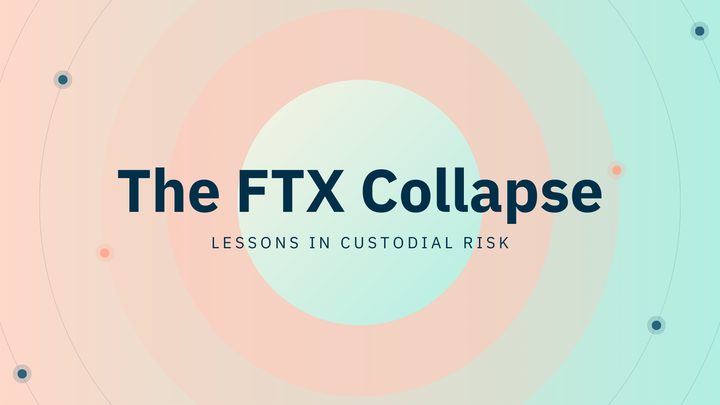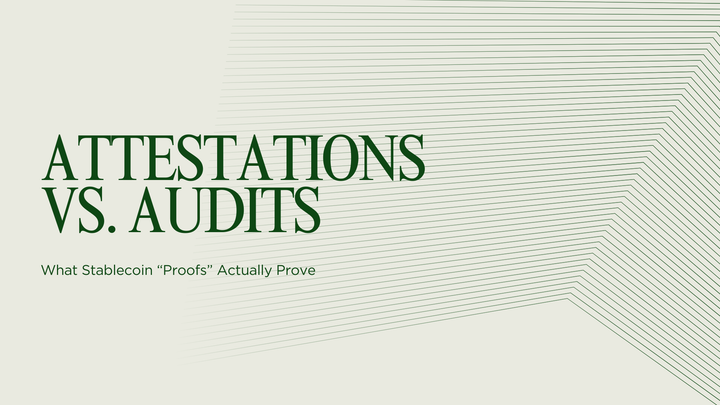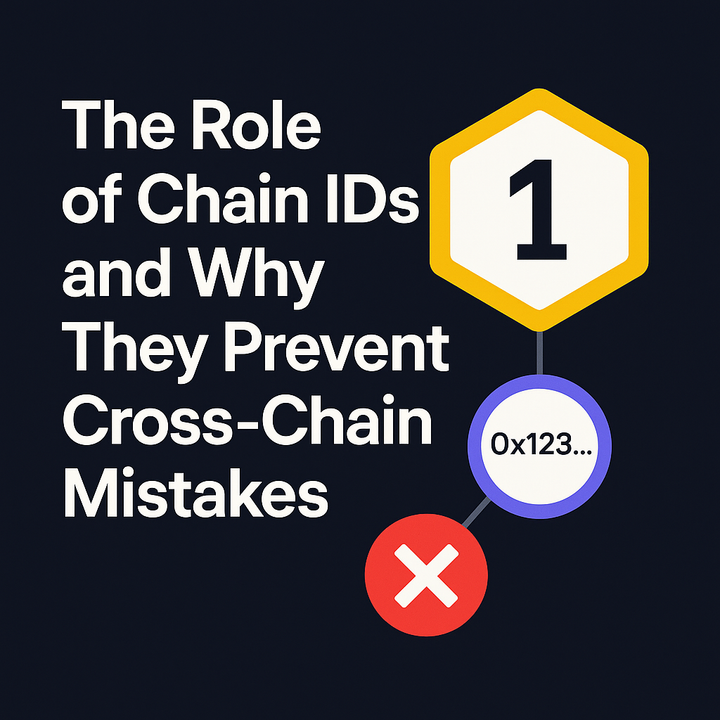The Verifiable Internet: Nexus and the Future of Trust in the Digital Age

The digital world is facing a trust crisis. From the rapid spread of misinformation to the opaque decision-making of AI systems, our online ecosystem is built on fragile assumptions rather than provable truths. Nexus, an ambitious project at the intersection of blockchain, cryptography, and artificial intelligence, aims to change that. By building a planetary-scale supercomputer powered by its Layer 1 blockchain and Zero-Knowledge Virtual Machine (zkVM), Nexus is on a mission to establish "truth as foundational" in the digital era.
In this article, we'll explore how Nexus envisions a "Verifiable Internet," the groundbreaking technology behind its zkVM and global proving network, and why its AI-first approach may redefine the future of computation, trust, and digital interaction.
The Vision: From Trust to Verification
The old web relied on implicit trust—centralized institutions, corporate policies, and opaque audits. Nexus proposes a radical shift: a "Verifiable Internet" where every digital action, asset, and interaction can be cryptographically proven. This approach rests on three core principles:
- Proof-Carrying Data: Every digital output—whether a video, AI model result, or transaction—carries embedded proof of its origin and integrity.
- Distributed Trust: Instead of institutional authority, verifiability is guaranteed through cryptographic attestations and decentralized consensus.
- Composability of Proofs: Verifiable components—such as identities, AI agents, and media—interoperate seamlessly, each reinforcing the authenticity of the others.
This paradigm shift has transformative implications: AI models can be audited without exposing sensitive data, smart contracts can prove their execution beyond doubt, and industries like healthcare and finance can ensure compliance with cryptographic transparency.
The Nexus Supercomputer and zkVM
At the heart of Nexus lies a bold technological endeavor: a planetary-scale supercomputer designed for verifiable computation. It is powered by three interdependent layers:
- Execution Layer: A global zkVM network that transforms idle compute from millions of devices into a single "Universal Proof." It scales both horizontally (more nodes increase throughput) and vertically (advancements in zkVM technology amplify performance).
- Consensus Layer: A cryptoeconomic engine that validates proofs and secures the network, targeting $1 trillion in staked economic value to withstand even state-level adversaries.
- Storage Layer: A verifiable data storage system that slashes costs through hyper-dimensional encoding and Data Availability Sampling (DAS)—e.g., reducing the storage cost of a 10MB image from roughly $1M on Ethereum to $0.0000036/year on Nexus.
The Nexus zkVM is the computational engine enabling this vision. Supporting languages like Rust and C++ compiled to RISC-V, it proves any computation with guarantees of correctness. Its latest iteration, zkVM 3.0, is nearly 1000x faster than previous versions, thanks to innovations like offline memory checking (LogUps), a two-pass execution model, and integration with the transparent S-two STARK prover. This enables Nexus to target 1 trillion CPU cycles proved per second, far surpassing current verifiable compute systems.
AI, Economics, and the Verifiable Future
Nexus positions itself as the Layer 1 blockchain for the AI era, tackling the challenge of AI’s "black-box" nature. Through the Nexus Verifiable AI Lab and the Verifiable Intelligence Alliance (VIA), it aims to:
- Make AI Provable: Audit AI models by cryptographically verifying inferences and training steps.
- Blend Economics and AI: Create AI agents that can engage in economic activities—payments, contracts, and governance—while remaining provably aligned with human intent.
- Advance AI Verification: Leverage AI itself to improve formal verification of systems, identify vulnerabilities, and enhance cryptographic infrastructure.
This AI-first strategy has already shown real-world potential. For example, Nexus verified a statistical model in breast cancer research on its testnet, demonstrating how verifiable computation can power sensitive applications like healthcare.
To accelerate ecosystem growth, Nexus has forged strategic partnerships with organizations such as QED Protocol (scaling Dogecoin with zk proofs), Polyhedra Network (high-performance zkVM research), Pi Squared (universal language proving), and Nethermind (zkML for Ethereum). These collaborations, combined with strong community engagement—1.5 million nodes contributing 2.5 trillion zkVM cycles in Testnet I—are propelling Nexus toward its mainnet launch in Q3 2025.
Conclusion
Nexus represents a paradigm shift in how we think about trust online. By combining zero-knowledge proofs, distributed computing, and AI alignment, it aims to compress the entire internet into a "Universal Proof"—a global source of truth.
Key Takeaways:
- The future of the internet may rely less on "trusted" intermediaries and more on verifiable, cryptographic guarantees.
- Nexus zkVM and its proving supercomputer offer a path to scalable, provable computation, a critical foundation for next-generation AI and blockchain applications.
- With its AI-first approach, Nexus could redefine not just how we compute but also how we trust digital systems in an age of synthetic media and autonomous agents.
Looking Ahead: If Nexus succeeds, will we see a future where every AI decision, digital artifact, and financial transaction is not just observable but provably correct? Could the Verifiable Internet become as foundational as TCP/IP was for the old web?



Comments ()